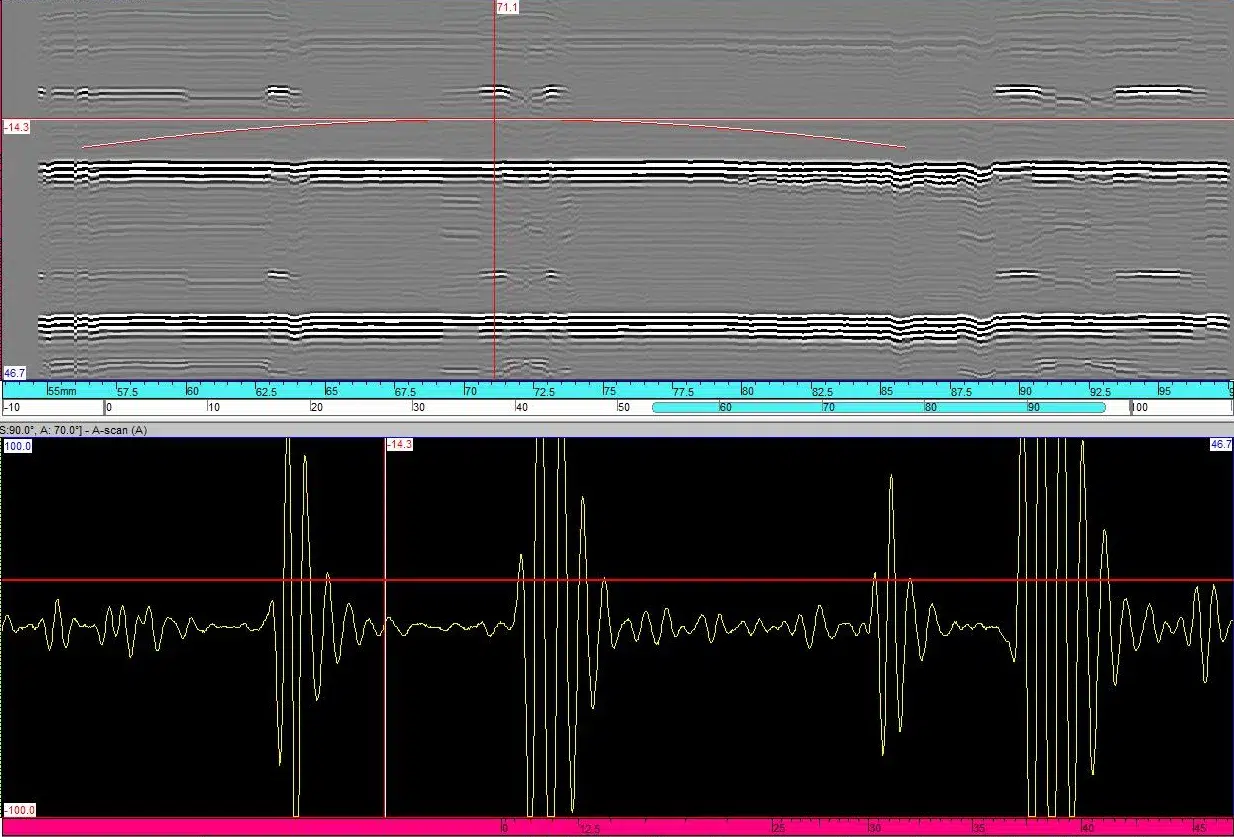
Time of Flight Diffraction (ToFD)
Welcome to [NDT Inspection Portal]’s time of flight diffraction (ToFD) group, a place for professionals... View more
How Time-of-Flight-Diffraction Complements Phased Array Ultrasonic Testing
-
How Time-of-Flight-Diffraction Complements Phased Array Ultrasonic Testing
While also a method of ultrasonic image generation, TOFD relies on a different principle than PAUT. While PAUT uses reflection, TOFD uses diffraction. The transducer produces pulsed ultrasonic waves, which are diffracted to various degrees by irregularities in the scanned material, then collected on the material’s far side by a receiver. By analyzing the differences in a beam’s flight time from the transducer to the receiver, the instrument can detect and image the size and location of defects and flaws.
TOFD can find defects regardless of their orientation, which makes it an ideal complementary technology to PAUT. However, like PAUT, TOFD has certain imaging weaknesses. If only a single scan is made, technicians may encounter a lateral wave dead zone, off-axis errors, timing errors, and resolution errors. In order to gain a complete image of defects, it’s necessary for technicians to use phased array techniques to vary beam width, angle, and point of entry. When TOFD imaging is used with phased array technology, technicians will be certain they have identified any weaknesses in the object being scanned.
In order to achieve rapid, accurate scans of welds, pipes, and other critical metallic components, NDT technicians should use a combination of PAUT and TOFD scanning technologies. Modern, cutting edge ultrasonic test software, housed in portable equipment, is capable of compiling composite images from these dual technologies, to provide the most detailed picture of object interiors possible. Adopting a combined scanning regimen significantly lowers the risk of missing defects and resulting equipment failures. Working together, PAUT and TOFD are more effective than either technique is alone
Sorry, there were no replies found.
Log in to reply.